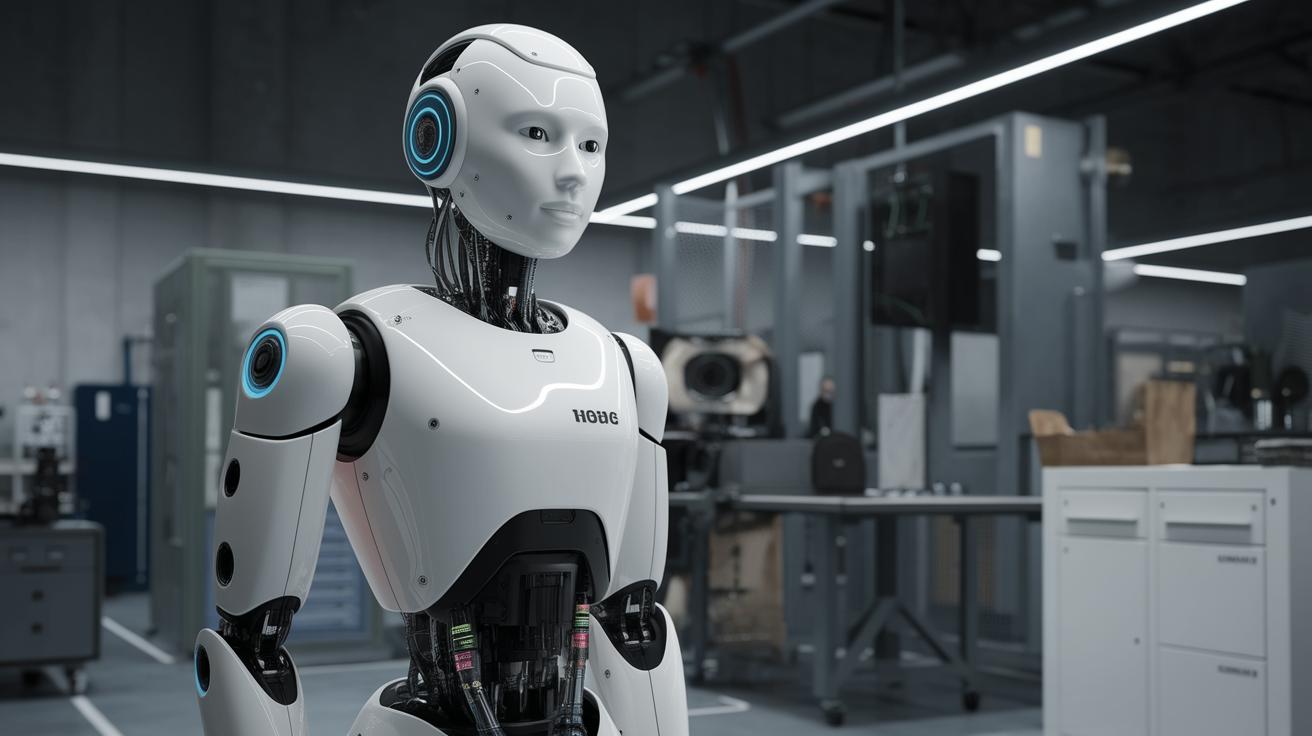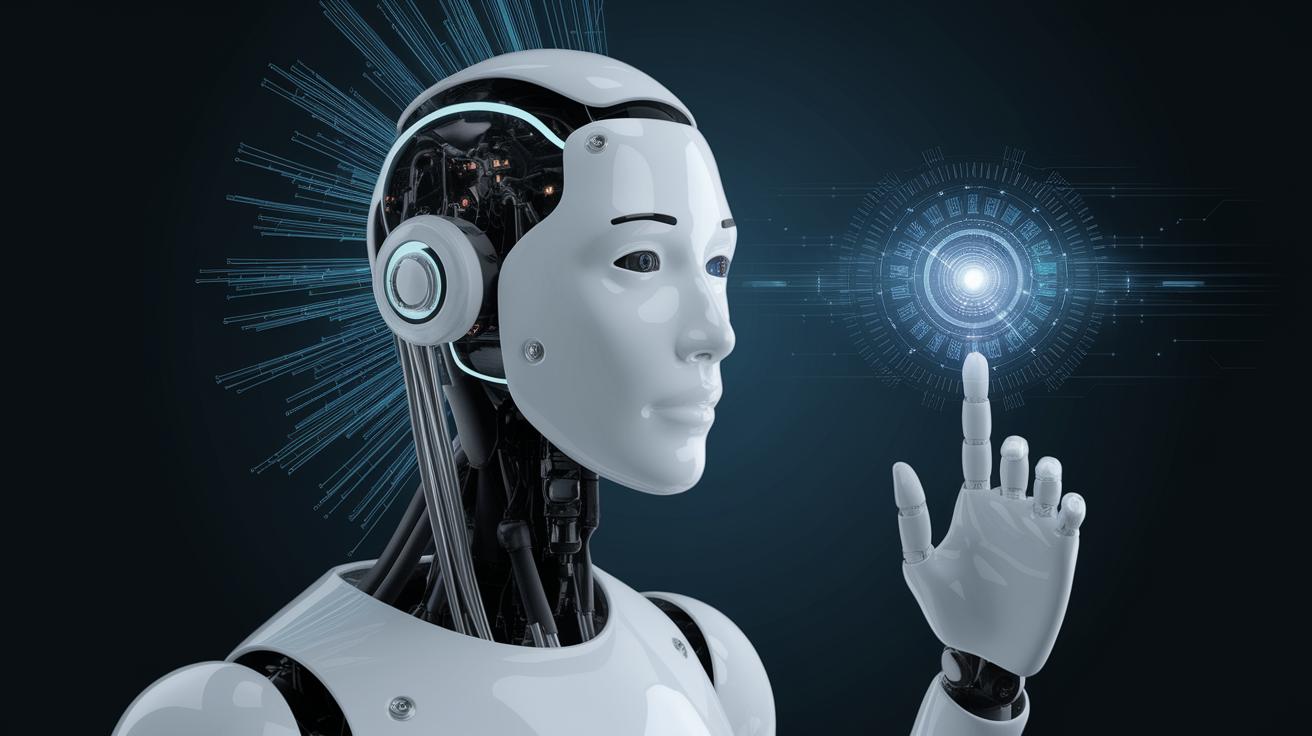The Innovative Uses of Robots in Space Exploration
Space exploration has always been an area that stretches the boundaries of human capabilities and technological advancement. Robots have become integral to this field, serving as versatile tools in myriad ways from collecting data to assembling structures in outer space. This article delves into the specific uses of robots in space, discusses the challenges they help overcome, and highlights the importance of creating a conducive environment for their operation. With the latest developments often making headlines, the integration of robotic technology is steadily proving essential for expanding human knowledge and capabilities beyond Earth. Let us explore the versatile roles these machines play in taking humanity to new heights.
Discover More Topics
Robots in space are not merely high-cost gadgets but are multifunctional tools essential for expanding our celestial horizons. From rovers collecting samples on planetary surfaces to robotic arms assisting in space station maintenance, their contributions are immense. Each mission with robots brings us closer to unraveling the mysteries of our universe, enhancing our understanding of places far beyond human reach.
Beyond exploration, robots help develop and test new technologies that can be applied to other fields. For example, robotic technology used in space missions often finds applications in medical, automotive, and aerospace industries. This cross-pollination of technology ensures that the advancements made with the support of space robots benefit society at large, making them indispensable in our quest for innovation and understanding.
News Events
News
The news surrounding robots in space is always captivating, with frequent updates on their achievements and contributions. Recent missions, like NASA’s Perseverance rover on Mars, make headlines as they explore the Red Planet, providing valuable data back to Earth. These robotic missions have made significant breakthroughs, such as discovering signs of ancient microbial life or mapping previously uncharted terrains.
John Love
John Love, a renowned roboticist, emphasizes the importance of collaboration between international space agencies in maximizing the potential of robotic missions. According to Love, the shared use of technology and data can expedite unforeseen discoveries, propel human space exploration, and ensure safer missions.
Cutting-edge science delivered direct to your inbox.
Keeping abreast of the latest developments in space exploration is exciting, and subscribing to newsletters can ensure enthusiasts receive cutting-edge science updates directly in their inboxes. These curated insights often provide behind-the-scenes looks and exclusive commentaries from scientists and engineers who operate these high-tech marvels.
Multifunctional tools
Robots in space are versatile and serve many functions, including conducting scientific experiments and providing telemetry data analysis. They allow us to perform remote sensing and geophysical measurements that crews would find difficult and risky without their assistance. In many ways, robots have become the reliable eyes and hands of astronauts and scientists, aiding them in their research from afar.
The reliability and range of robotics in space missions allow for data collection in hostile environments, where human presence would be perilous. For instance, robotic landers and drones diversify the scope of exploration by working in extreme planetary atmospheres, providing unmatched analytical perspectives through real-time feedback and extensive data gathering.
Working in a tight space
Space crafts and stations present unique and challenging environments characterized by confined spaces that are often unsuited for human ergonomics. Robots are designed to navigate these cramped quarters, functioning adeptly in microgravity, and their precision can accommodate intricate tasks seamlessly. They reduce human exposure to risks associated with restricted or hazardous environments.
Tasks such as the maintenance of spacecraft, tightening of screws, and replacement of equipment components fall under the ambit of robots. Innovations in robotic mobility and articulation empower these machines to work efficiently in constrained circumstances, enhancing the efficiency and safety of space missions significantly.
A robot-friendly habitat
Central to the operation of robots in space is the establishment of an environment that is favorable to their functioning. Designing robot-friendly habitats involves making considerations in habitat architecture to ensure that the units are easily accessible and that the surroundings support robotic activity. This includes the installation of assistive technologies for charging and software updates, ultimately optimizing performance.
Spaces modified to accommodate robots can lead to experiments exploring habitability for humans beyond Earth. For example, the synergy between robots and self-sustaining environments plays a key role in planning for future colonization of celestial bodies, such as the Moon and Mars, where technology-driven habitats may be the cornerstone of human survival.
Press Contact
For more inquiries and further information about the innovative applications of robots in space exploration, contact the press office at [email or phone number]. Experts are available for interviews or feature coverage regarding the latest missions and technological advancements surrounding space robotics.
Related News
The progress in developing robots suited to space habitats is a newsworthy area as we advance towards more sustainable and long-term missions. Industry updates frequently focus on breakthroughs in AI and robotic endurance, crucial in enhancing the operational capabilities of robots in space.
Additionally, related news often covers joint ventures between space agencies and private companies to develop new robotic systems or improvements in existing ones. Collaborative efforts propel the influence of AI and robotics on space exploration, potentially opening avenues for new discoveries.
Lessons Learned
| Aspect | Details |
|---|---|
| Roles of Robots | Robots act as multifunctional tools essential for data gathering and system maintenance in space. |
| News & Innovations | Continuous updates show robots’ achievements and contributions; collaboration accelerates development. |
| Space Challenges | Robots overcome harsh environments and spatial constraints, effectively enhancing mission safety and efficiency. |
| Environment Adaptation | Developing robot-friendly habitats is integral to optimizing robotic functions for supportive exploration. |


